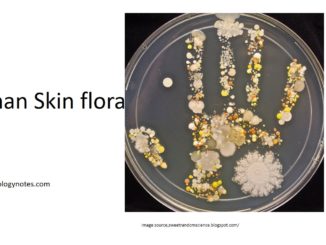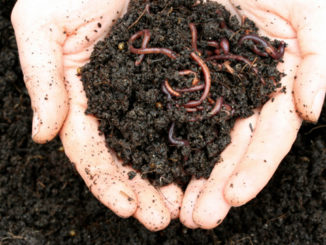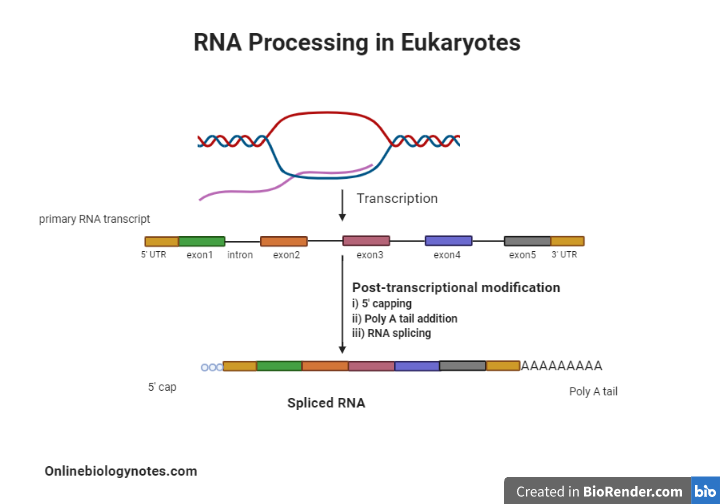
Plasmid copy number and control mechanism
Plasmid copy number: The copy number plasmid means the number of plasmids that are normally present in a single bacterial cell. The size and copy […]

Plasmid copy number: The copy number plasmid means the number of plasmids that are normally present in a single bacterial cell. The size and copy […]

Plasmid Replication Those DNA molecules which can replicate autonomously are known as replicons. Example: Plasmids, phage DNA, chromosomes. Plasmid can replicate independently. Replicons have at […]

Plasmid Plasmids are the extrachromosomal genetic elements found in bacteria. They are circular pieces of DNA that are extra genes. About 1-20 copies of plasmids […]

Mucormycosis Mucormycosis is an opportunistic fungal infection which is rare but serious infection. It is also called as black fungus infection which has been reported […]

Corynebacterium diphtheriae Corynebacteria are classified as Actinobacteria and are gram positive in nature. They are rod shaped bacteria that survives in aerobic environment and are […]

Bordetella pertussis Bordetella pertussis (Bordet-Gengou Bacillus; formally known as Hemophilus pertussis) Morphology of Bordetella pertussis : The Bordetella spp are small, gram-negative coccobacilli with slight […]

Microorganisms found on the skin The normal flora are regularly distributed among specific areas of our body and are extremely complex including of more than […]

What is Antigen? Any substance such as proteins, carbohydrates and lipid present in bacteria, fungi, parasites and viruses are considered foreign to Human or any […]

What is Vermicomposting? The term vermiculture refers to the cultivation or production of earthworms. Vermicomposting is the method by which worms are used to turn […]

Messenger RNA (mRNA) and its region Messenger RNA operates as the template for protein synthesis. Messenger RNA encodes genetic information from DNA as a transcript […]
Copyright © 2024 | WordPress Theme by MH Themes